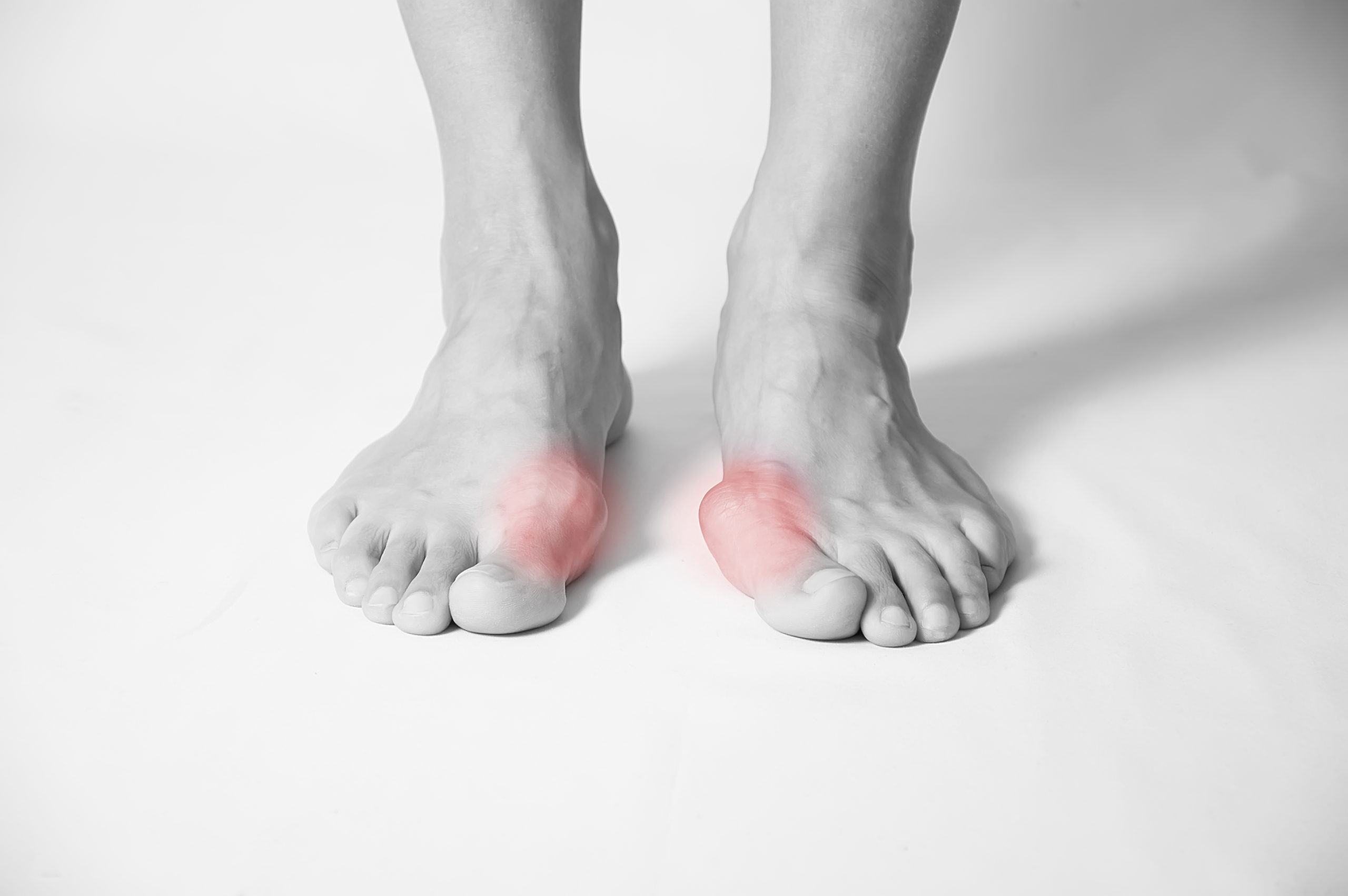Although the primary symptom of MTSS is pain along the inner edge of the tibia, other symptoms may include mild swelling or tenderness when touching the affected area. The pain may range from a dull or throbbing ache to a more acute sudden and sharp pain, and typically occurs during and after exercise.
Diagnosing shin splints
The most important aspect of diagnosing MTSS is ruling out other conditions, specifically stress fractures and tendinitis. A less common injury called chronic exertional compartment syndrome should also be ruled out. In addition to undergoing a physical examination and discussing the activity that brings on the symptoms, you will most likely be sent for an x-ray and possibly an MRI or bone scan. A diagnosis of shin splints, or MTSS, typically involves other tests being negative for other conditions.
Treatment for shin splints
Even before you are sent for radiology studies, you may be instructed to treat your pain with rest, ice, stretches, and possibly NSAIDs (non-steroid anti-inflammatory drugs). Very rarely is surgery required. It will be important to reduce your exercise and activity load while seeking diagnosis and treatment. For many runners, reducing their mileage or training may be frustrating. If you feel the need to continue training, ask your podiatrist about alternative activities that will keep you in top physical condition until you are released back to your regular routine.
Once your podiatrist allows you to begin exercising again, go slow. You will need to start with low intensity and reduced training times. Before you begin, make sure you warm up and stretch thoroughly. If the pain begins to return, stop exercising, and if directed to do so by your podiatrist, apply ice packs and rest.
Shoes and custom orthotics
Depending on the cause of your shin pain, you may find relief in changing your shoes both for running and for everyday activities. For work and daily activities, opt for shoes with cushioning to reduce stress on the lower legs. If you have low or flat arches, or you have suffered from several rounds of MTSS, you may need orthotics — custom shoe inserts that are designed specifically for your feet. Orthotics help relieve stress on the lower leg while also offering stabilization and alignment. If you don’t cross-train, your podiatrist may suggest alternating running with activities such as swimming or bicycling — as these activities both relieve lower leg stress while allowing you stay in good physical condition.
If you are suffering from pain along the front of your shins that won’t go away with home treatment, call your podiatrist at Kansas City Foot Specialists today at (913) 338-4440. We look forward to getting you back on your feet.


